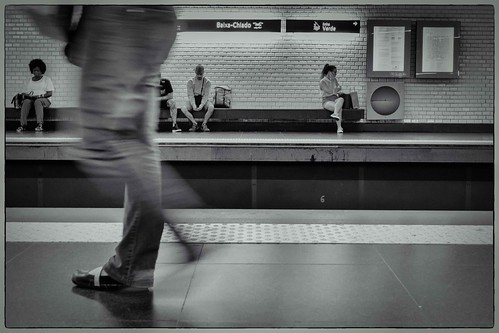For the in vitro CLI, cells ended up plated in triplicate in 24-well plates at a density of 16105 cells for each effectively in normal development medium, and held under regular incubation conditions. Following 24 several hours, cells had been washed with PBS and incubated with 250 mL of tracer resolution (.74 MBq/mL 124I in DMEM Gibco) for one particular hour. Cells had been washed three occasions with PBS, and placed in the BLI chamber for the acquisition of 1 minute scans. The in vivo CLI scans on  xenografts had been done day-to-day after carrying out the 124I little-animal PET scans. CLI protocols have been executed as follows: animals ended up anesthetized employing isoflurane in one hundred% oxygen, at a movement rate of 2 L/moment and positioned in the BLI chamber with no prior injection of D-luciferin. Photos were acquired using an IVIS 100 system (Perkin Elmer) and CLI acquisition was accomplished by buying one minute frames. The knowledge are described as complete photon flux (p/s) from a circular region of desire (ROI). For all animals, initial a day-to-day CLI scan was done to evaluate the 124I distribution, and thereafter Dluciferin was injected to measure the BLI sign intensity.
xenografts had been done day-to-day after carrying out the 124I little-animal PET scans. CLI protocols have been executed as follows: animals ended up anesthetized employing isoflurane in one hundred% oxygen, at a movement rate of 2 L/moment and positioned in the BLI chamber with no prior injection of D-luciferin. Photos were acquired using an IVIS 100 system (Perkin Elmer) and CLI acquisition was accomplished by buying one minute frames. The knowledge are described as complete photon flux (p/s) from a circular region of desire (ROI). For all animals, initial a day-to-day CLI scan was done to evaluate the 124I distribution, and thereafter Dluciferin was injected to measure the BLI sign intensity.
The protocols used in this study had been authorized by the Ethical Committee of the KU Leuven (Permit Variety: P145-2010). For the intravenous injections, animals ended up anesthetized with 2% isoflurane (Isoflurane ISPH, 64849-39-4 Rothacher, Basel, Switzerland) in one hundred% oxygen, at a stream price of two L/minute. Diverse cell figures of MSCs expressing Fluc-hNIS ranging from 10,000 to 1,000,000 ended up injected in the tail vein of wholesome C57BL/6 mice, and thirty minutes following mobile injections BLI was done (n = three). For xenografts, equally Fluc expressing MSCs (as a control), and Fluc-hNIS expressing MSCs were injected subcutaneously in anesthetized nude athymic mice (nu/nu) (n = three). Fluc expressing MSCs have been injected on the remaining side of the human body, while FluchNIS expressing cells ended up injected on the correct aspect of the human body. Each mouse was injected with two diverse cell figures for each cell line: 10,000 and 1,000,000 mixed with matrigel in a 1:one ratio (BD biosciences, New Jersey, Usa).
For the in vitro BLI, cells were plated in triplicate in 24-nicely plates at a density of 16105 cells for each nicely in regular expansion medium, and stored underneath normal incubation situations. Following 24 several hours, cells have been washed with PBS and incubated with 250 mL of D-luciferin (.3 mg/mL25140002 Promega, Benelux, Leiden, The Netherlands). Animals have been anesthetized with two% isoflurane in one hundred% oxygen, at a movement rate of two L/minute, soon after which D-luciferin, dissolved in PBS (15 mg/mL), was injected intravenously (126 mg/kg physique weight). Pictures were acquired making use of an IVIS one hundred method (Perkin Elmer). Consecutive 1 moment frames have been acquired till the greatest signal depth was reached. Every body depicts the bioluminescence sign depth as a pseudocolor image superimposed on the gray-scale photographic picture. The knowledge are reported as complete photon flux (p/s) from a round region of interest (ROI). BLI sign depth was monitored above eight times soon after xenograft era. For the quantification of BLI information in the mouse xenograft design, values from according ROIs measured with CLI had been subtracted from the uncooked BLI ROI values to get distinct BLI sign intensities.
